The part of the Strada Nova between Campo SS Apostoli and Rialto has seen comparably fewer changes.
Strada Nova
This post is part of a series on the changes made to create the Strada Nova, which connects the railroad station with the Rialto area.
This part of the route crosses three islands.
The first island now appears to be part of the island of San Cancian, but it belongs to the parish of SS Apostoli. This is due to the interment of the Rio del Bagatin in 1774s
This small island was best known in the 1700s for the Leon Bianco. It was the best inn and guest house of its time, and consequently host to a number of famous guests. Holy Roman Emperor Joseph II, travelling incognito, stayed there twice.
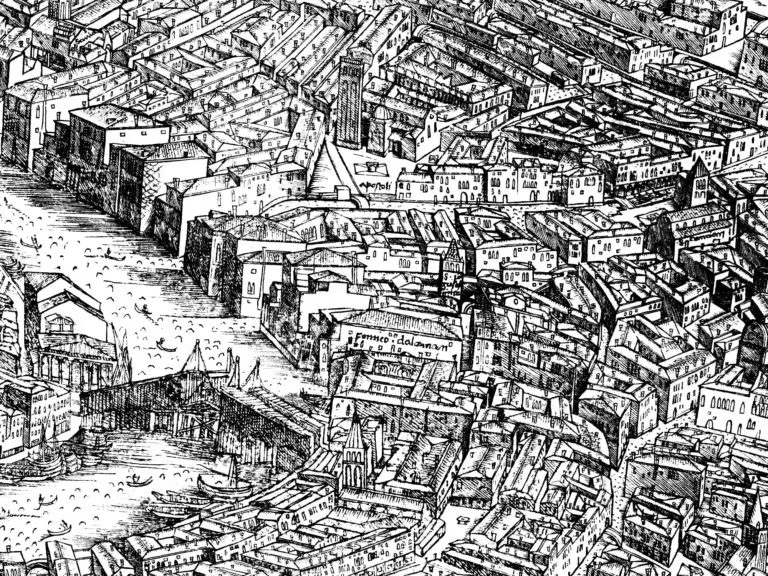

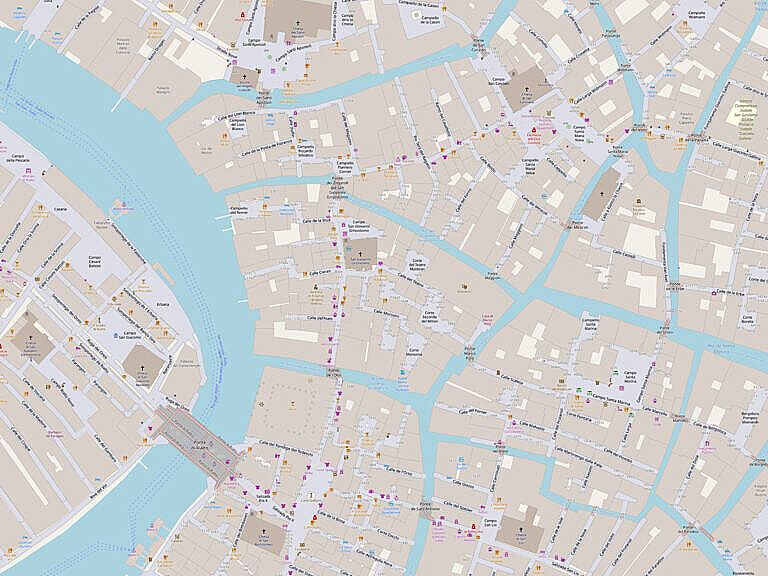
The second island is San Giovanni Grisostomo, was, like many other islands we’ve discussed in this series, a small community. There was a church, a campo and a main road. Unsurprisingly are called the Chiesa, Campo and Salizada di San Giovanni Grisostomo.
The last island is San Bartolomeo, whose parish church is at the base of the Rialto Bridge. Besides the Rialto Bridge, the island of San Bartolomeo houses the Fontego dei Tedeschi (the trading station of the Germanic nations, later central post office, now luxury shopping mall), the church and monastery of SS Salvatore, and the Scuola Grande di San Teodoro, one of the great charities of ancient Venice.
More demolitions
The local administration, which was appointed by the Austrian rulers, enacted a series of demolitions near SS Apostoli and to enlarge the Campo di San Bartolomeo.

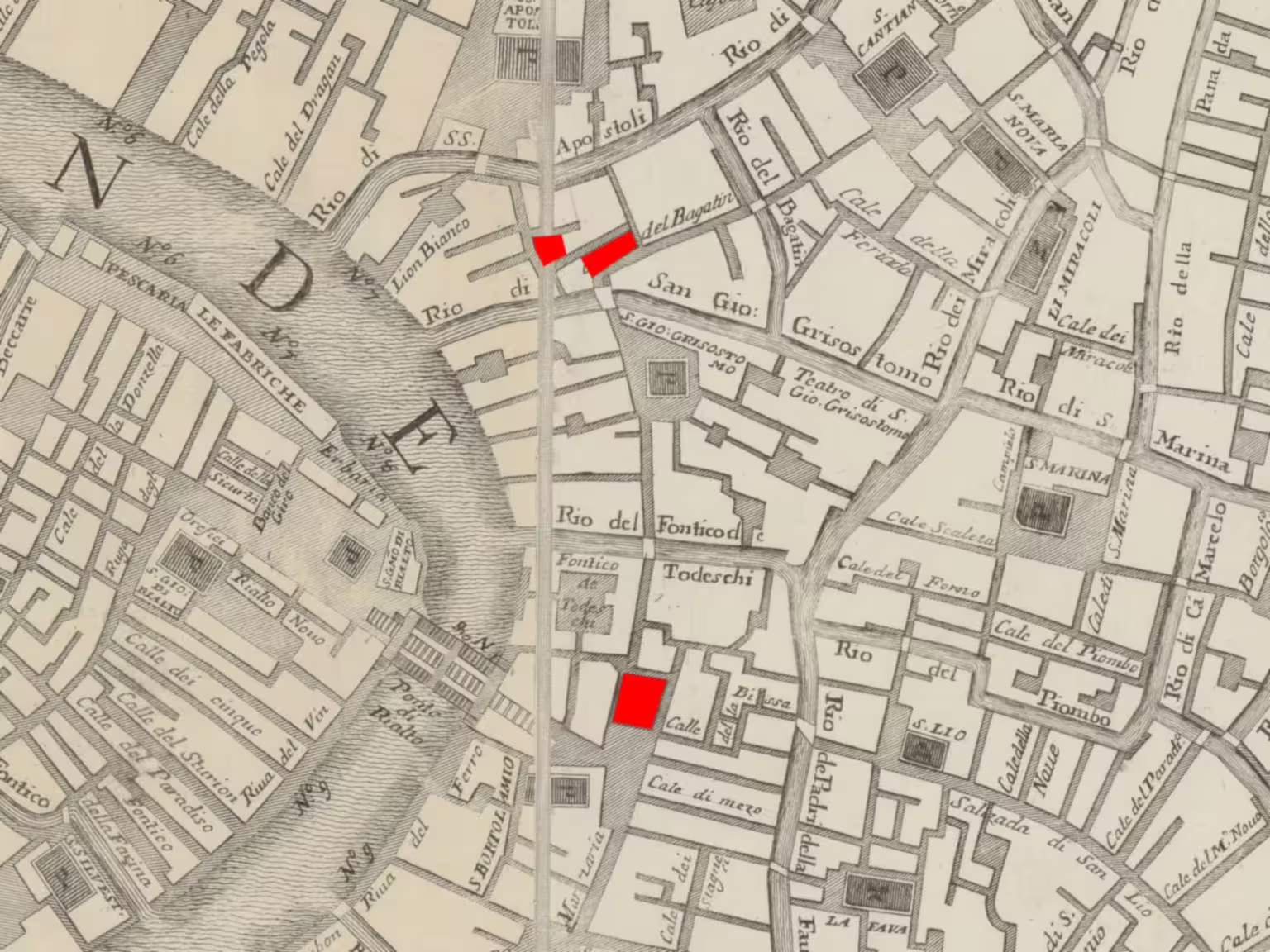
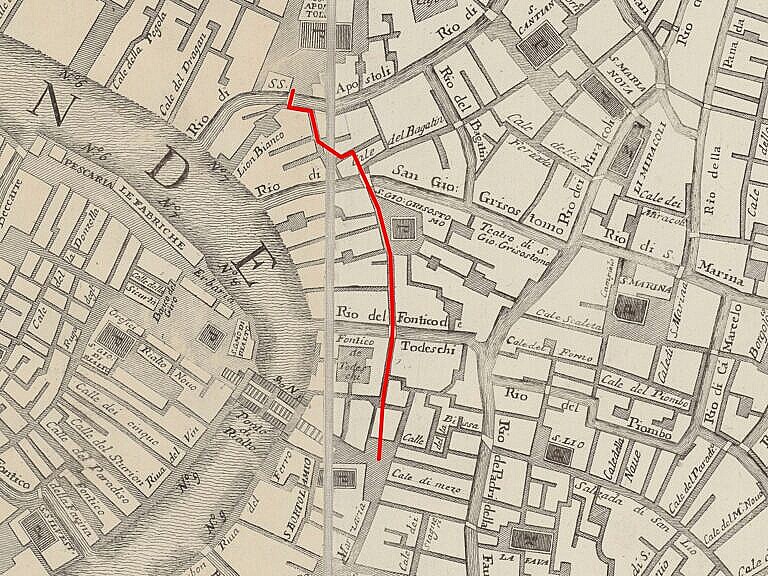
Campiello Riccardo Selvatico
The first demolition along the route (but not chronologically) created a campiello (small square) by cutting a corner of the Calle Dolfin.
Instead of walking down some typical Venetian alleyways, there is now a small, but not pretty square, created by the demolition of a single building or maybe two. The two house numbers 5618-19 are still missing in the area.
Nobody stops there, but if you do, and look up, it is immediately evident that several of the façades on the square never were façades.
The local administration had the houses demolished, and the square created in the early 1900s.
Riccardo Selvatico was a poet and playwright, but also mayor of Venice in the term 1890-95 and one of the founders of the Biennale di Venezia. He died in 1901.
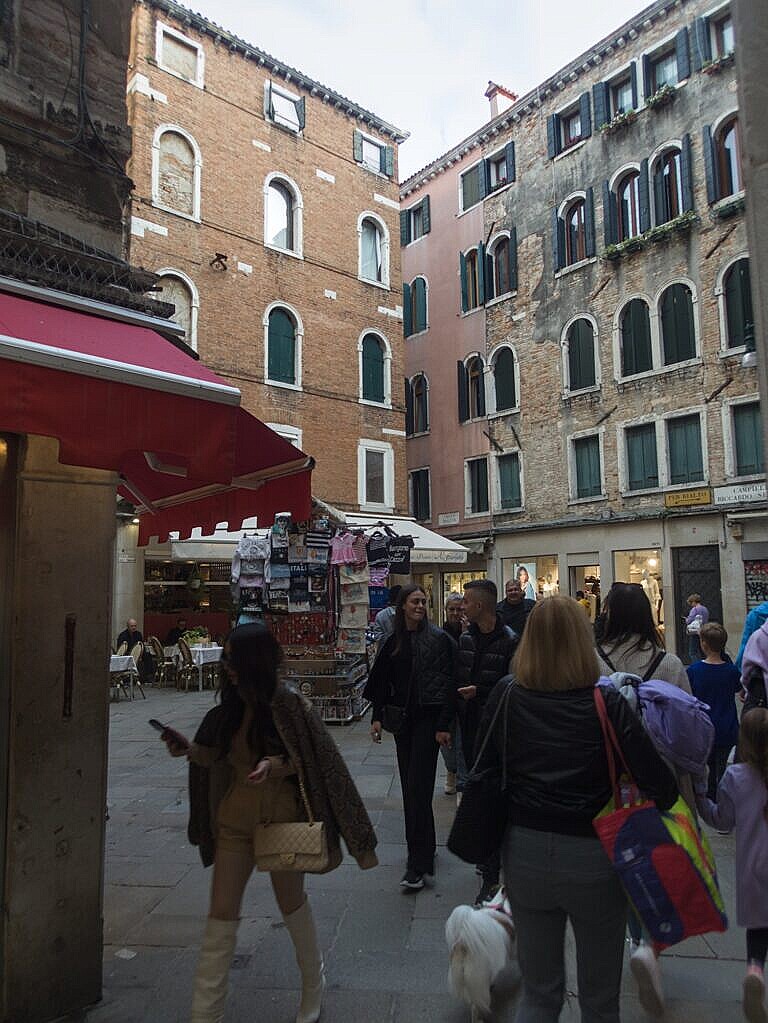
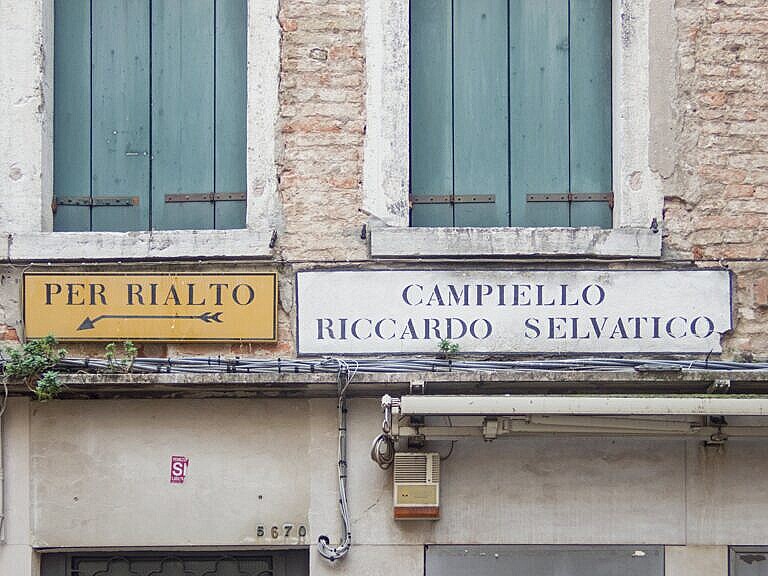
Campiello Flaminio Corner
Just after the Campiello Riccardo Selvatico is the slightly larger and slightly less desolate Campiello Flaminio Corner.
The last local administration under the Austrian domination, under the podestà Pier Luigi Bembo, decided in 1863 to have a block of houses demolished to create the current campiello.
Initially it was the Campiello Dolfin, after the nearby alleyway, but in 1889 it was changed to Campiello Flaminio Corner.
Flaminio Corner was a Venetian nobleman and historian of the 1700s. As a young man, he wanted to enter the church, but that didn’t work out for family reasons. He was the last of his line. However, he wrote extensively on matters of the church in Venice. For most of his life he lived in a palace nearby, and there is still a Corte Corner there.
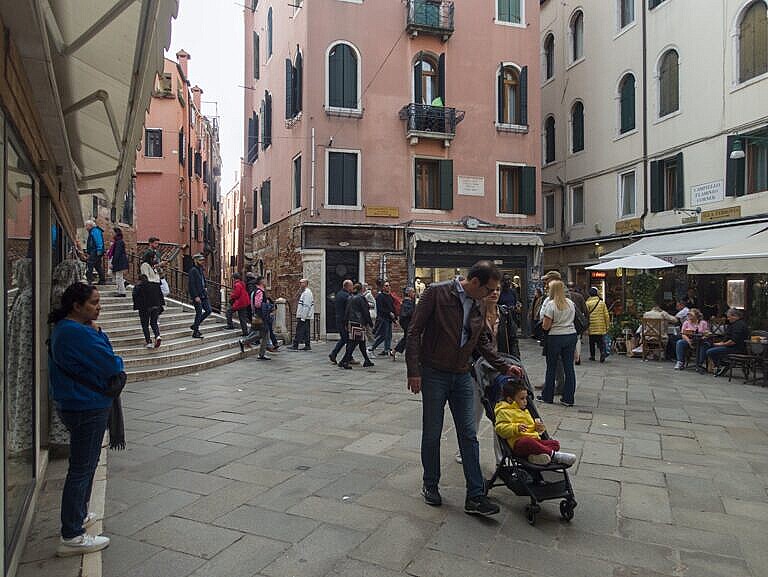
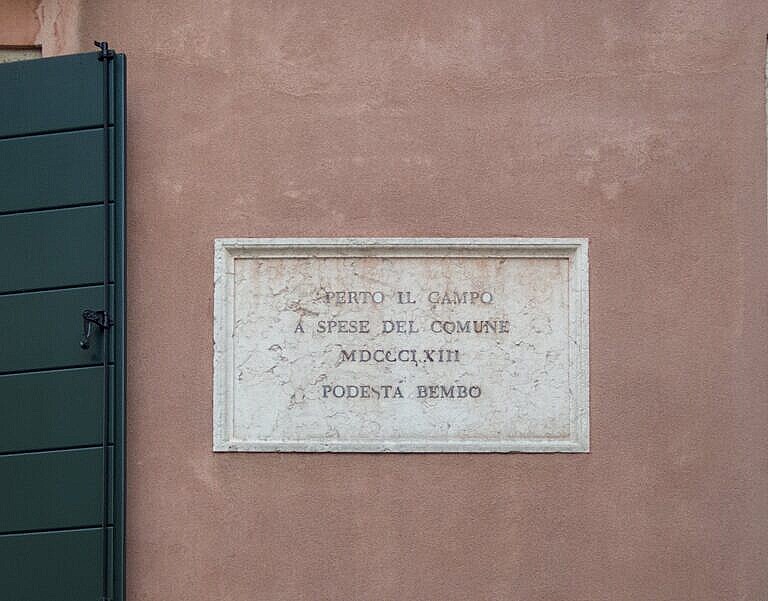
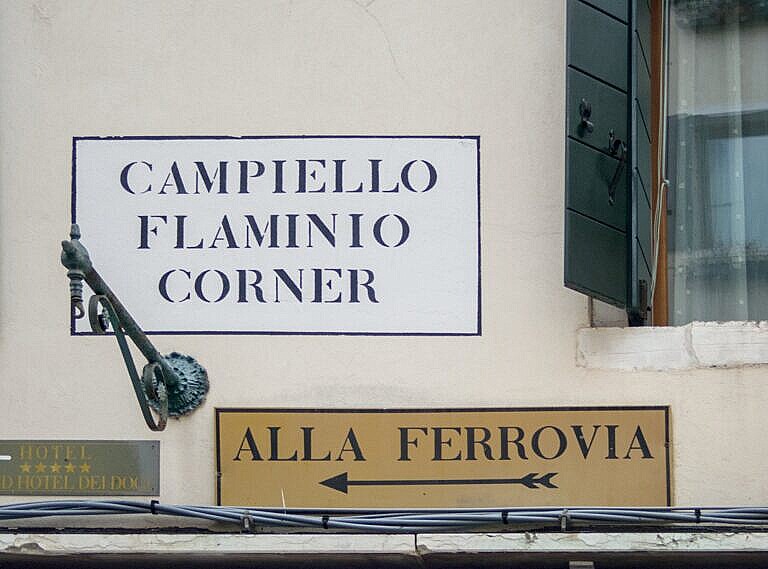
Campo San Bartolomeo
The Campo San Bartolomeo, or San Bartolo as the Venetians often call it, was a smallish place at the base of the Rialto Bridge.
The last bit of the road from the station to the Rialto was a very narrow alleyway alongside a 1500s building, with some earlier Gothic elements, a large patera on the façade, and numerous signs of repeated modifications.
In short, not a very monumental building for such a central location. Consequently, in 1858 the local administration had the building demolished. They were, as is evident from the plaque in the campo, proud of having removed some ugly old houses.
The demolitions almost doubled the square to become a more dignified, if less characteristic, point of arrival.
The statue of the Venetian playwright Carlo Goldoni at the centre of the enlarged square is from 1883. It is one of just a handful of statues erected after the annexation of Venice to the Kingdom of Italy.
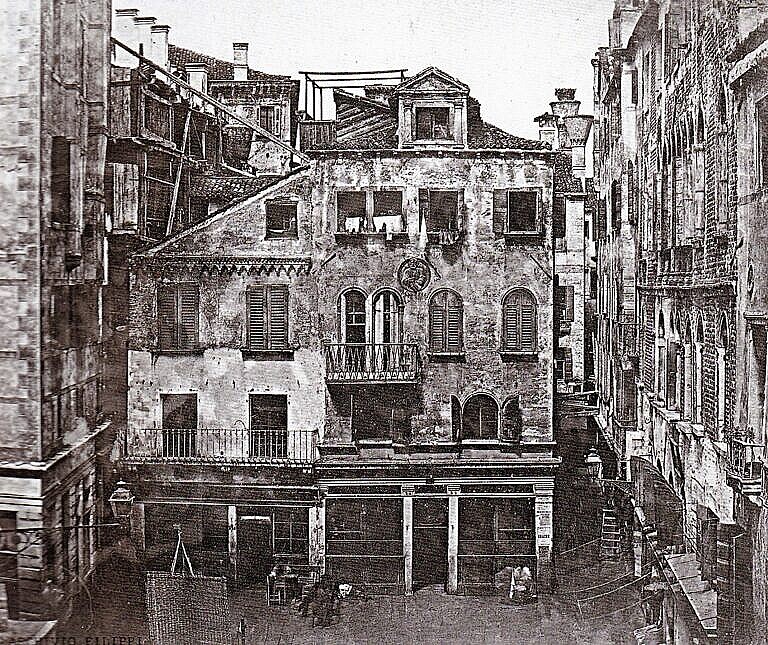

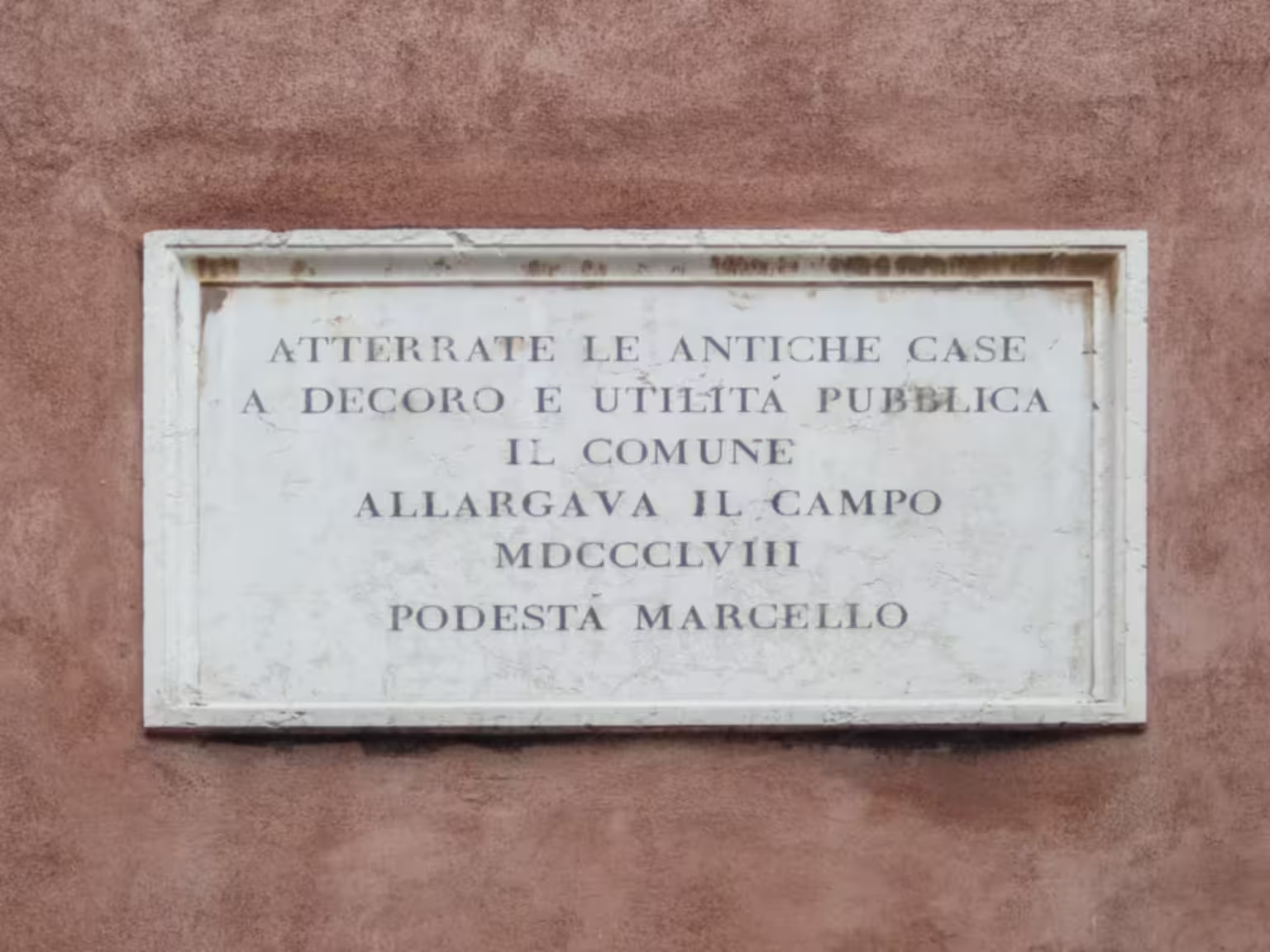
Now?
All in all, this part of the Strada Nova route has not devastated the area like at Santa Sofia and at San Felice.
There are changes, but they are relatively minor, and the entire island of San Giovanni Grisostomo remains almost the same.
Bibliography
Tassini, Giuseppe. Curiosità Veneziane ovvero Origini delle denominazioni stradali di Venezia. 1863.
Localities
This post is the seventh and penultimate part of a series on the changes made to create the Strada Nova, which connects the railroad station with the Rialto area. The Strada Nova is arguably the beginning of mass tourism in Venice.
The previous post covers Santa Sofia and the next and last is a round up of the whole series.
Curiosità Veneziane by Tassini has entries on Leon Bianco, San Giovanni Grisostomo, and San Bartolomeo.

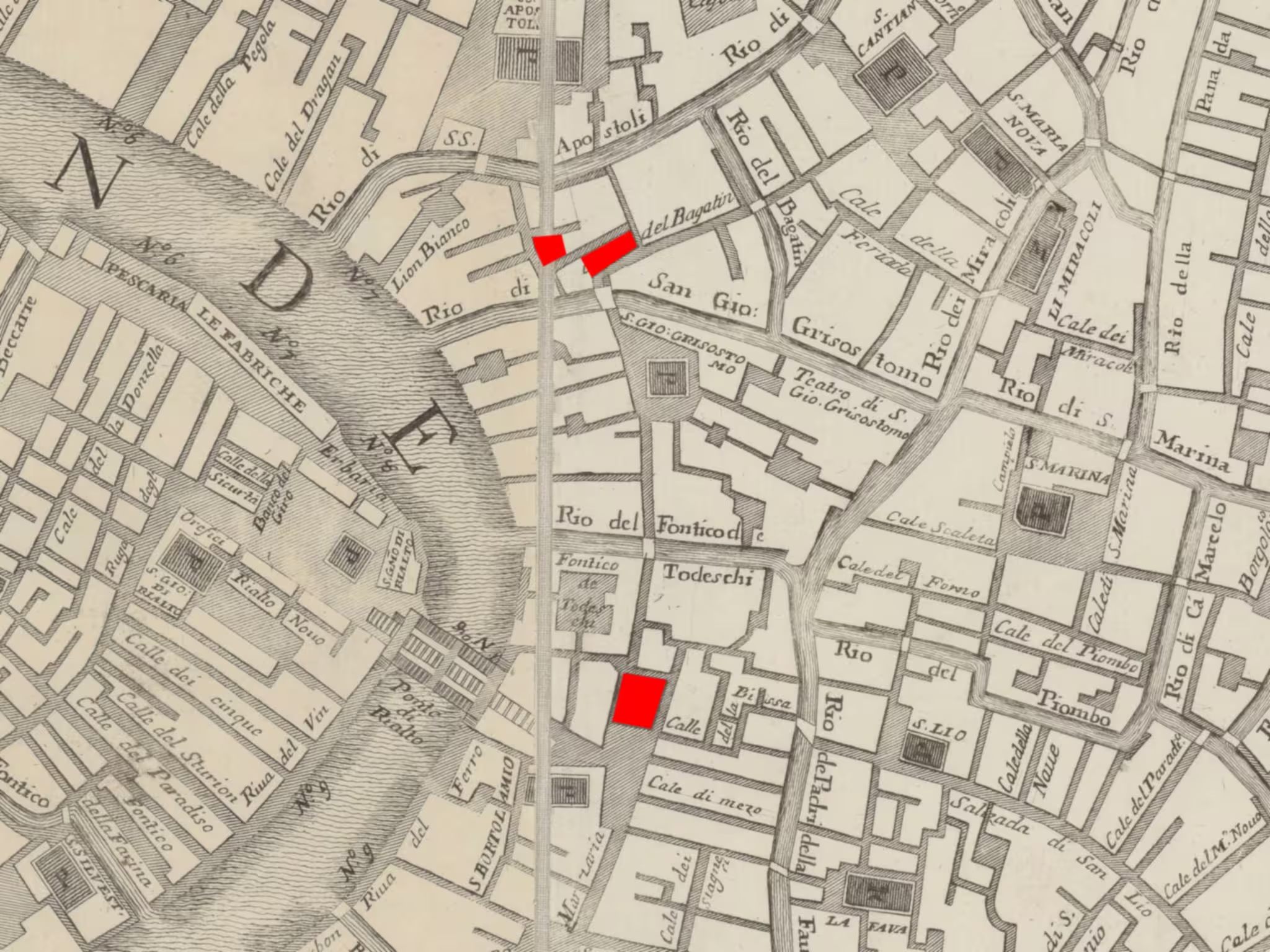
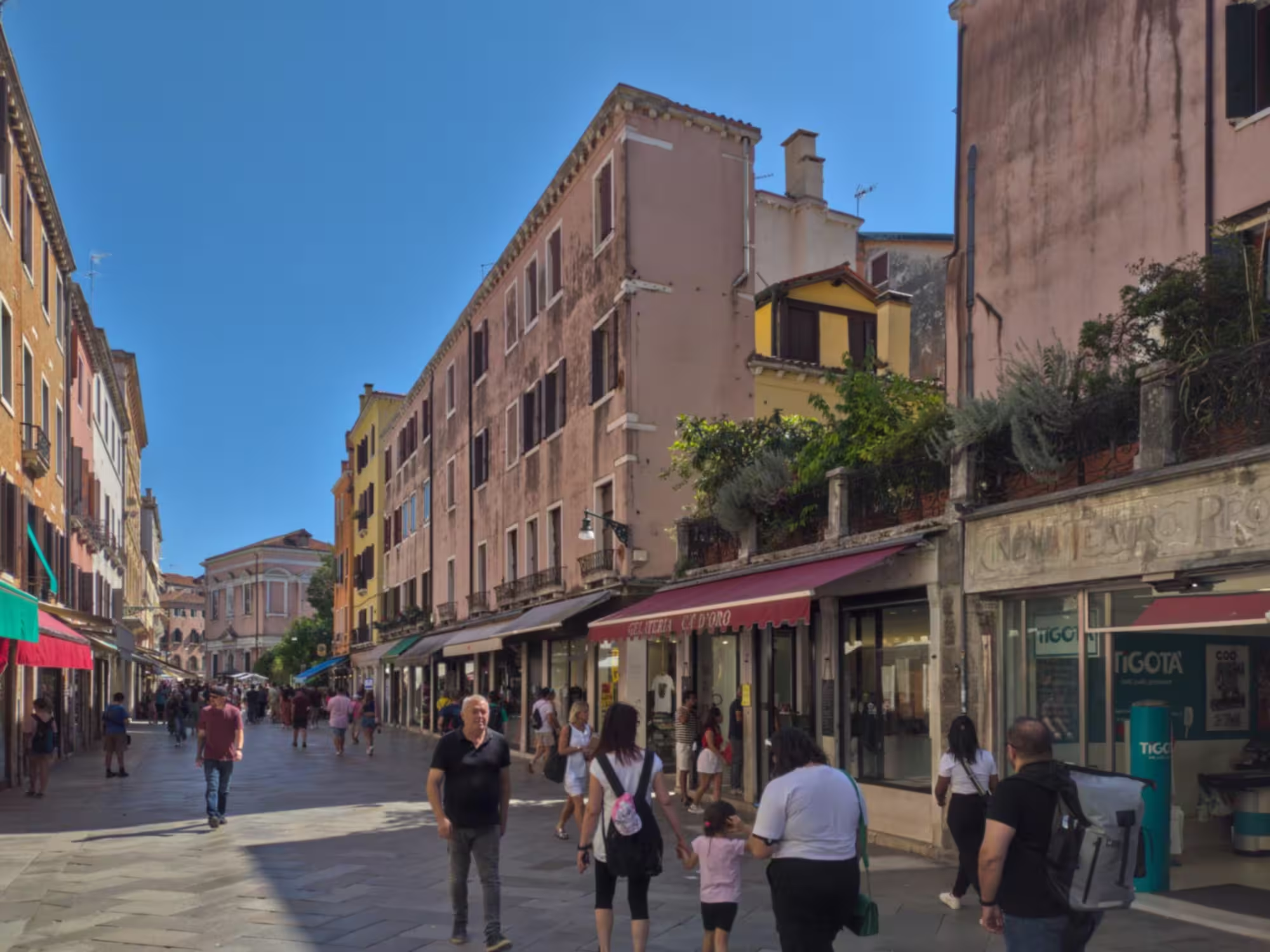
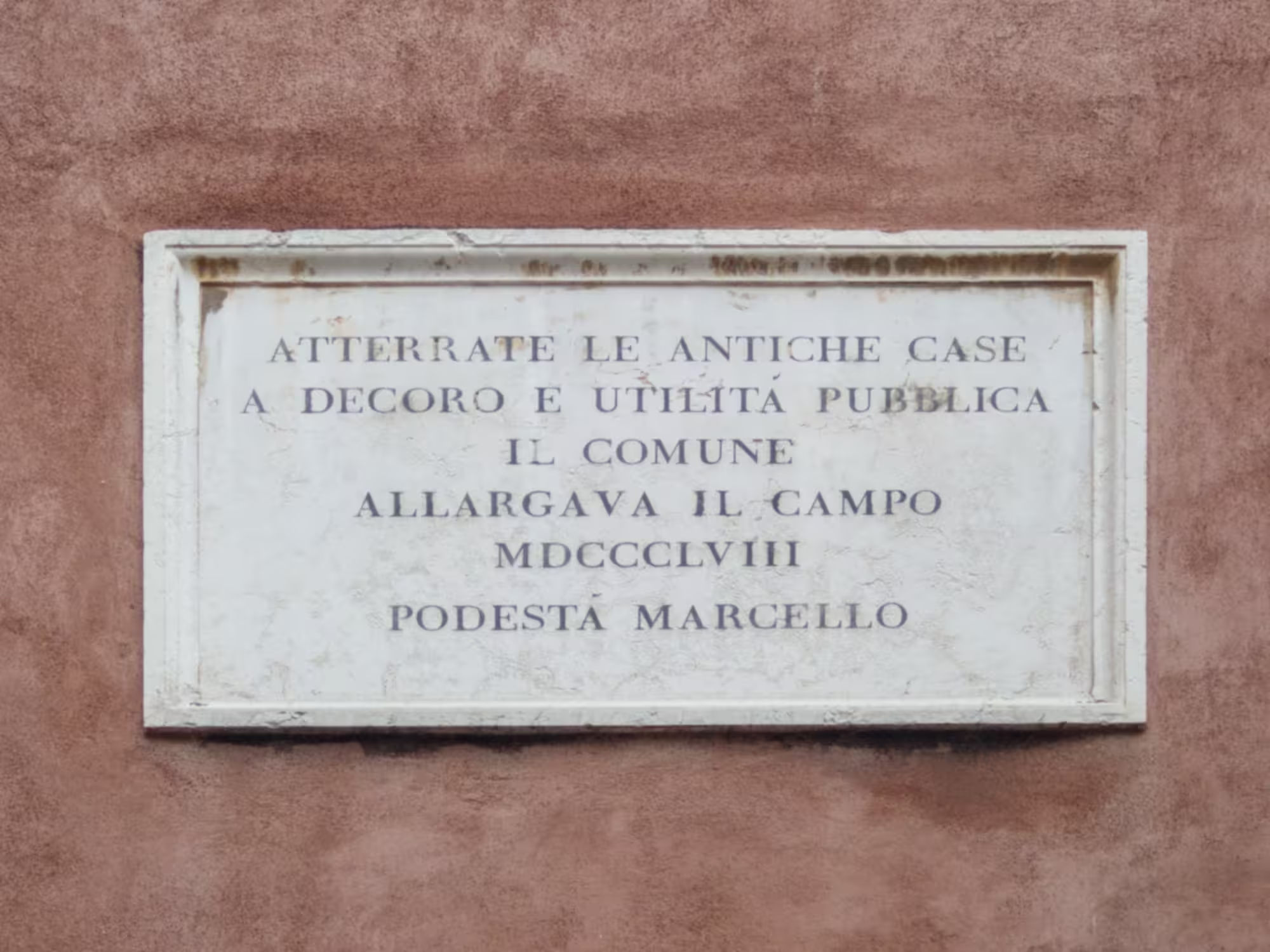
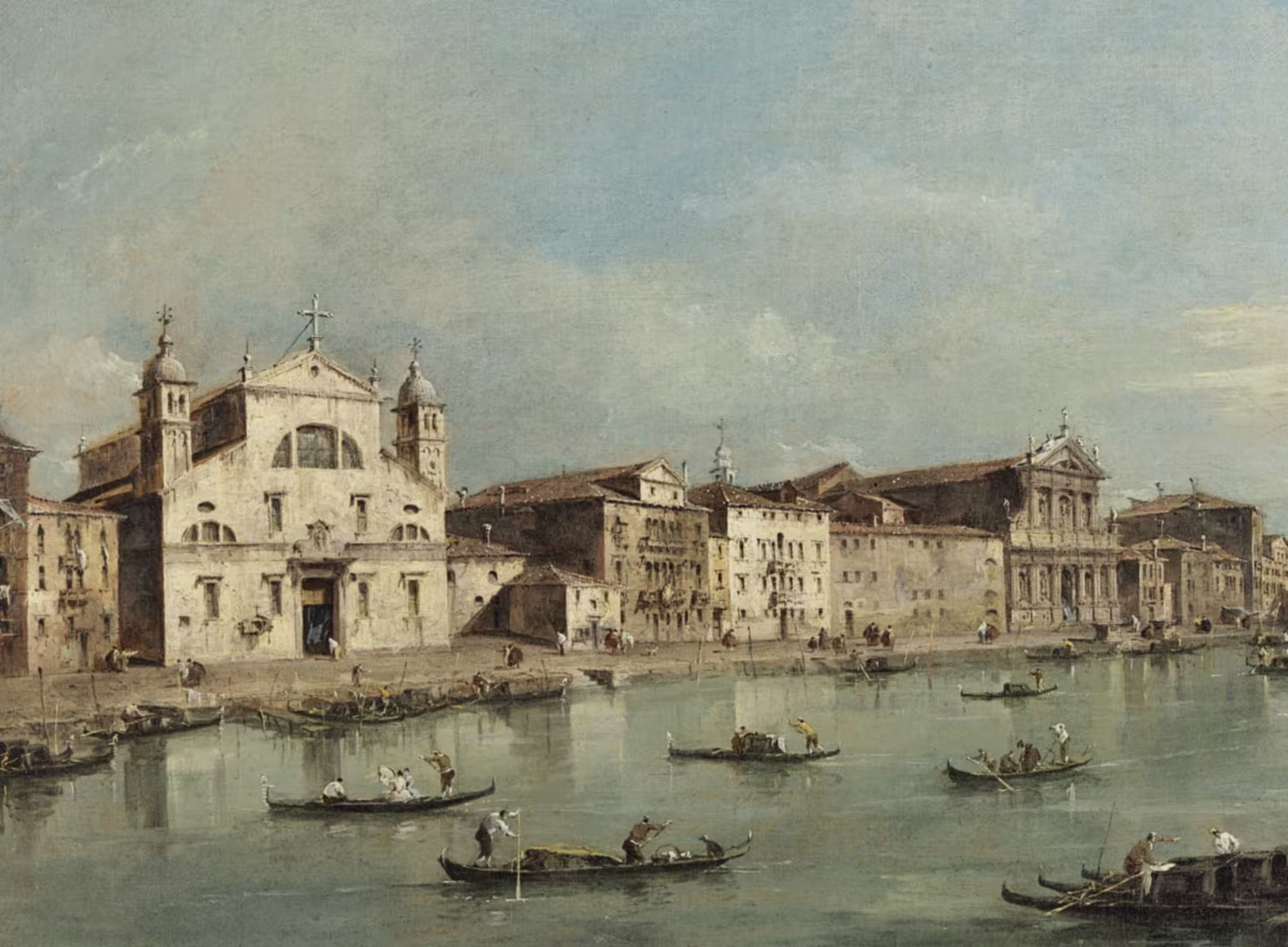
Leave a Reply